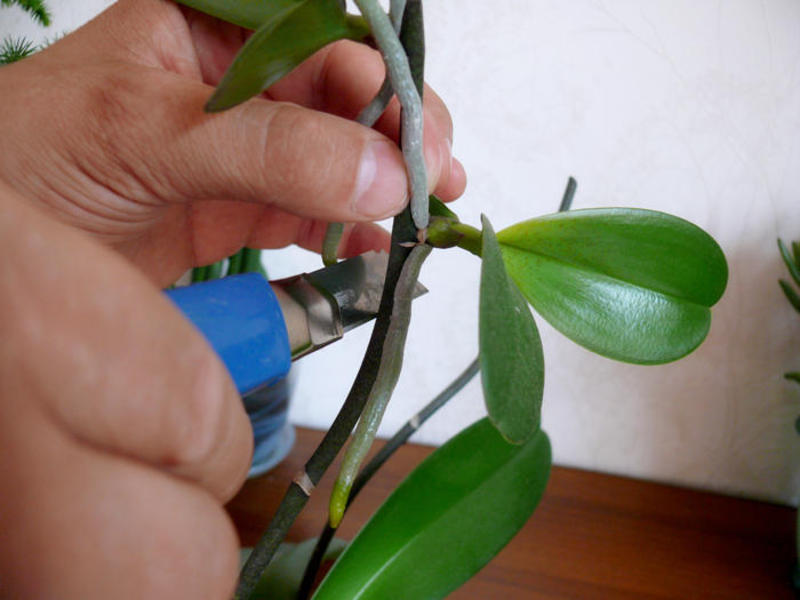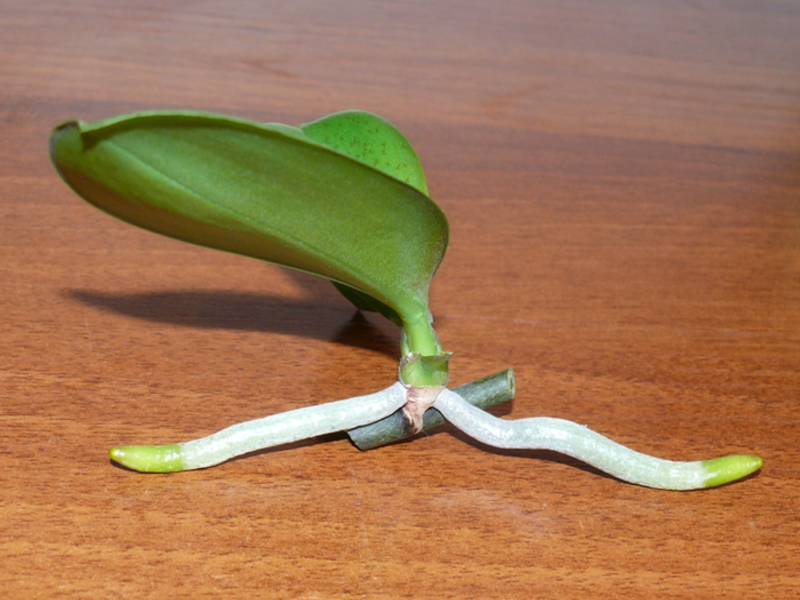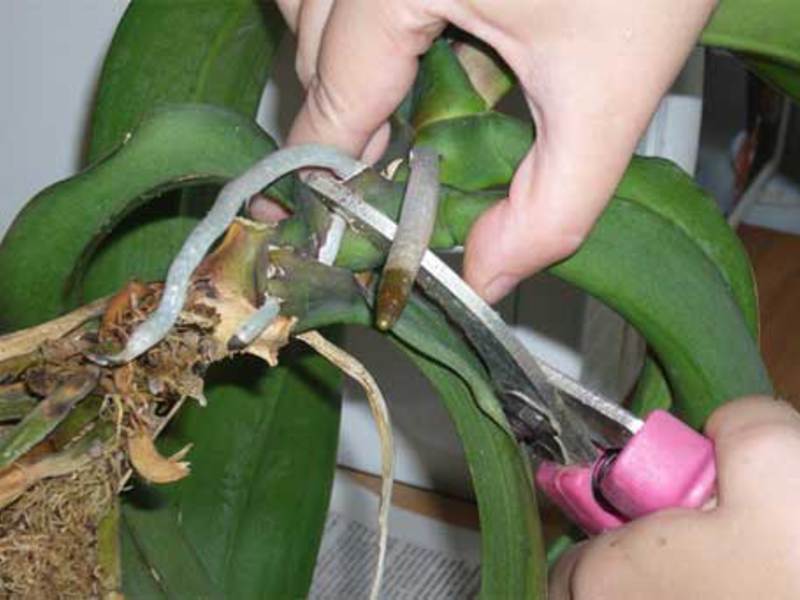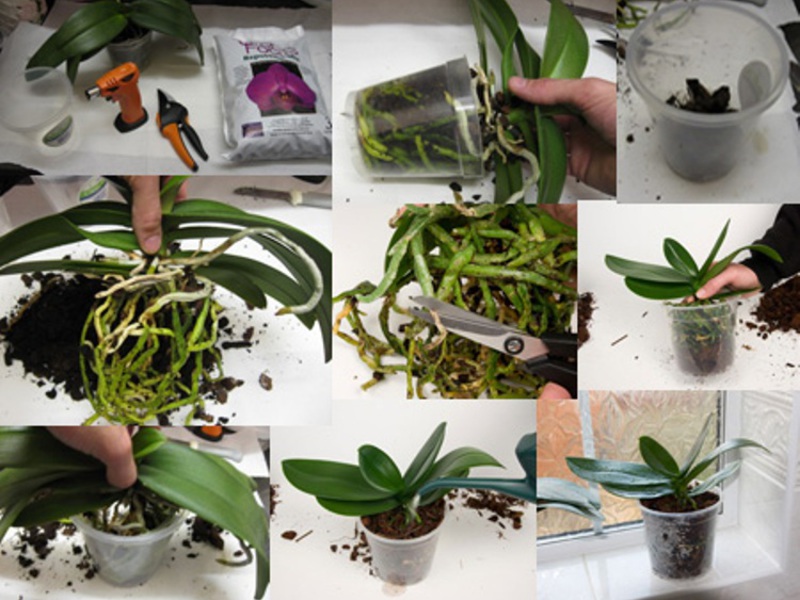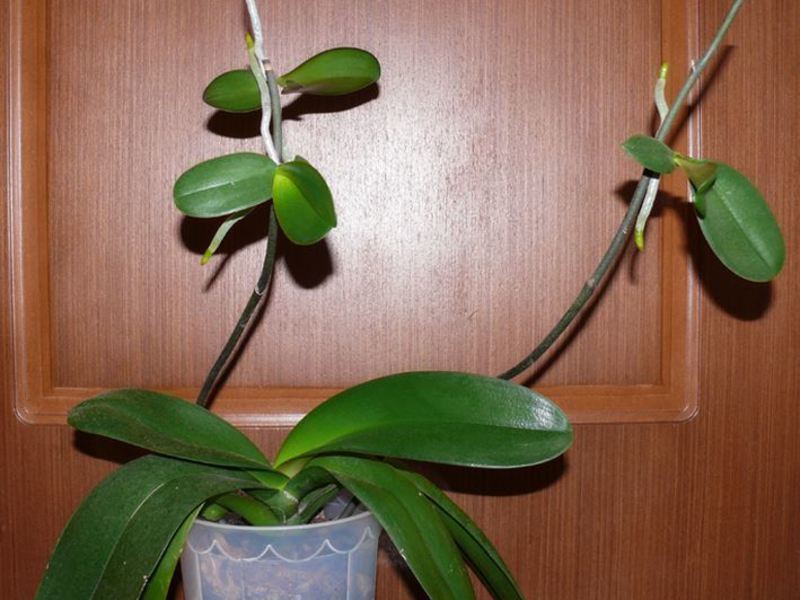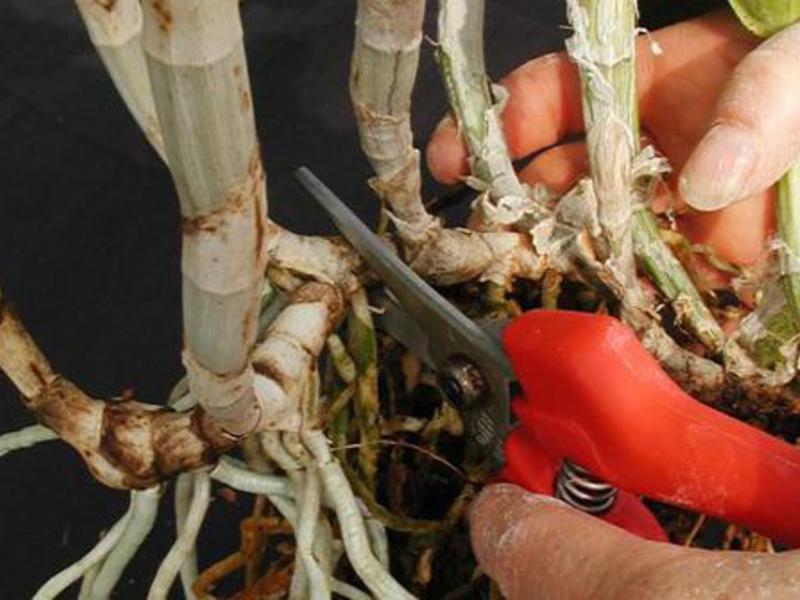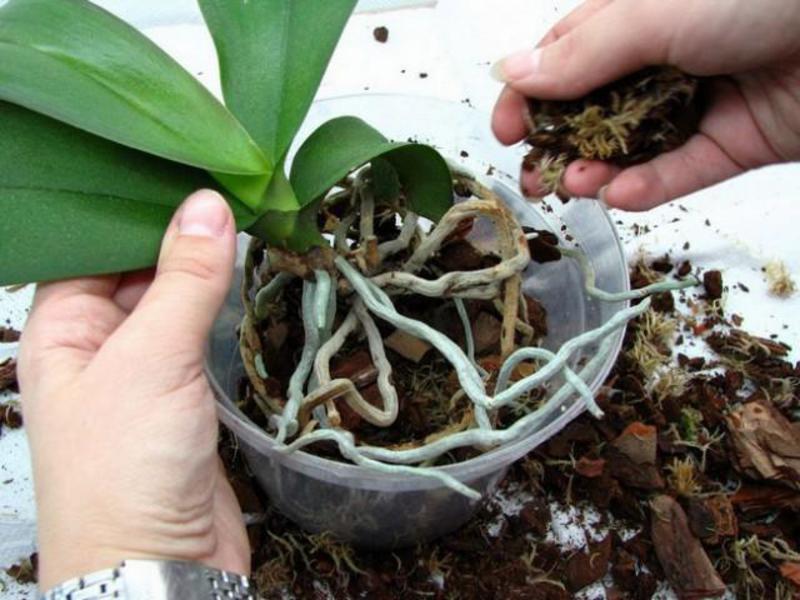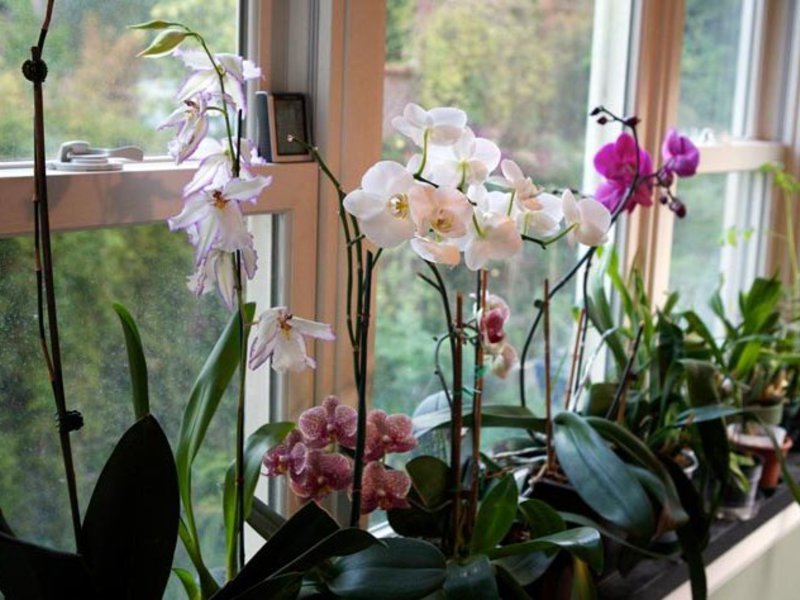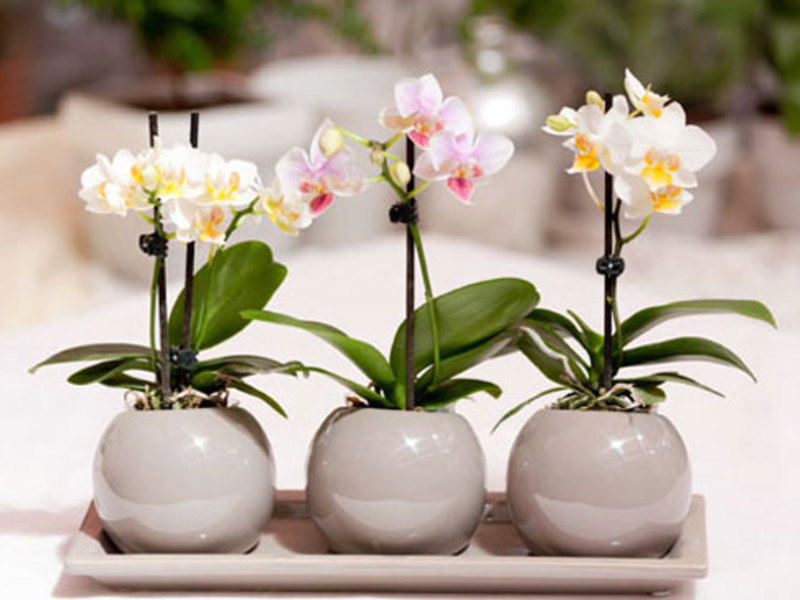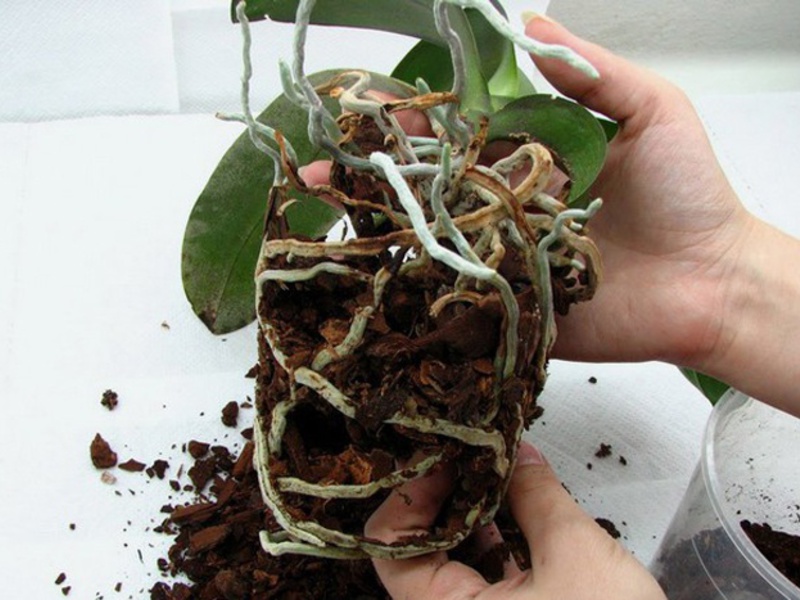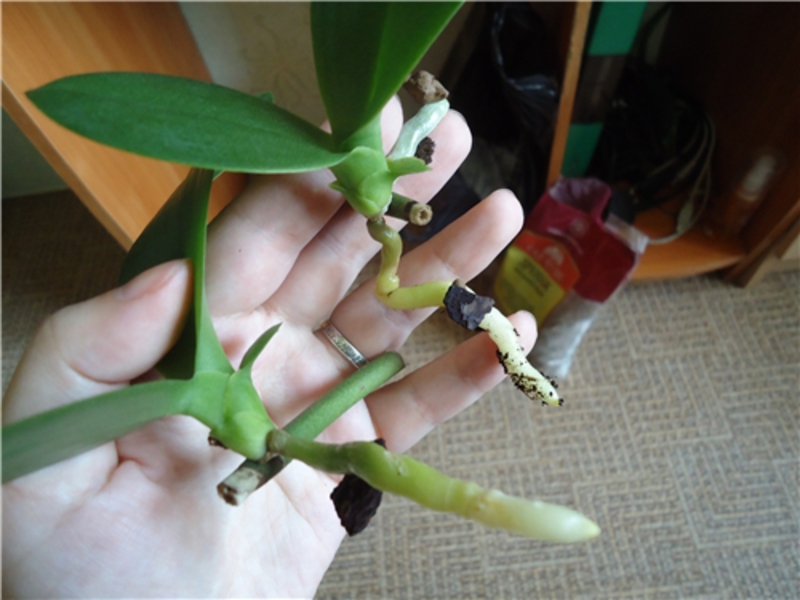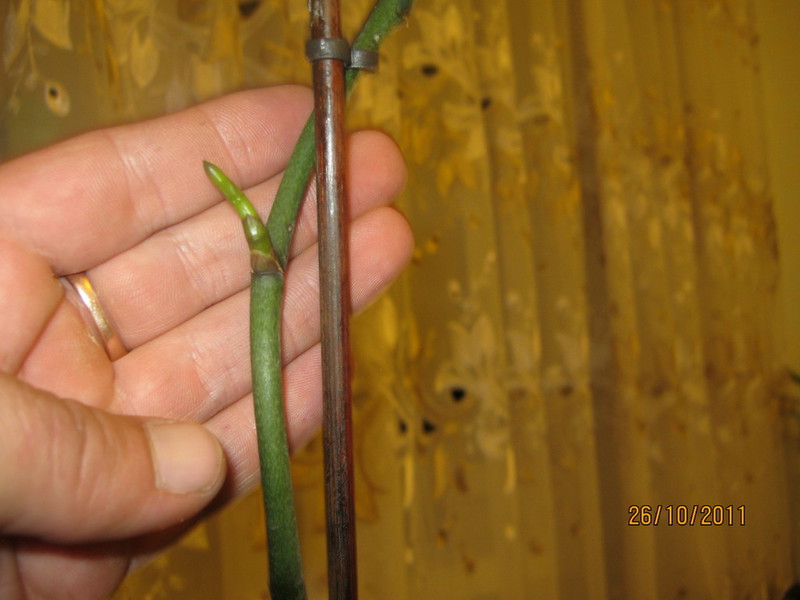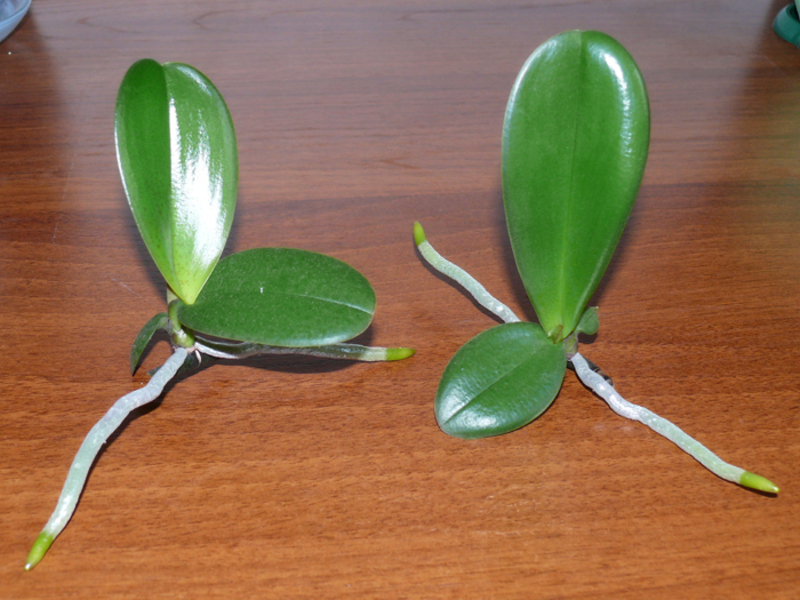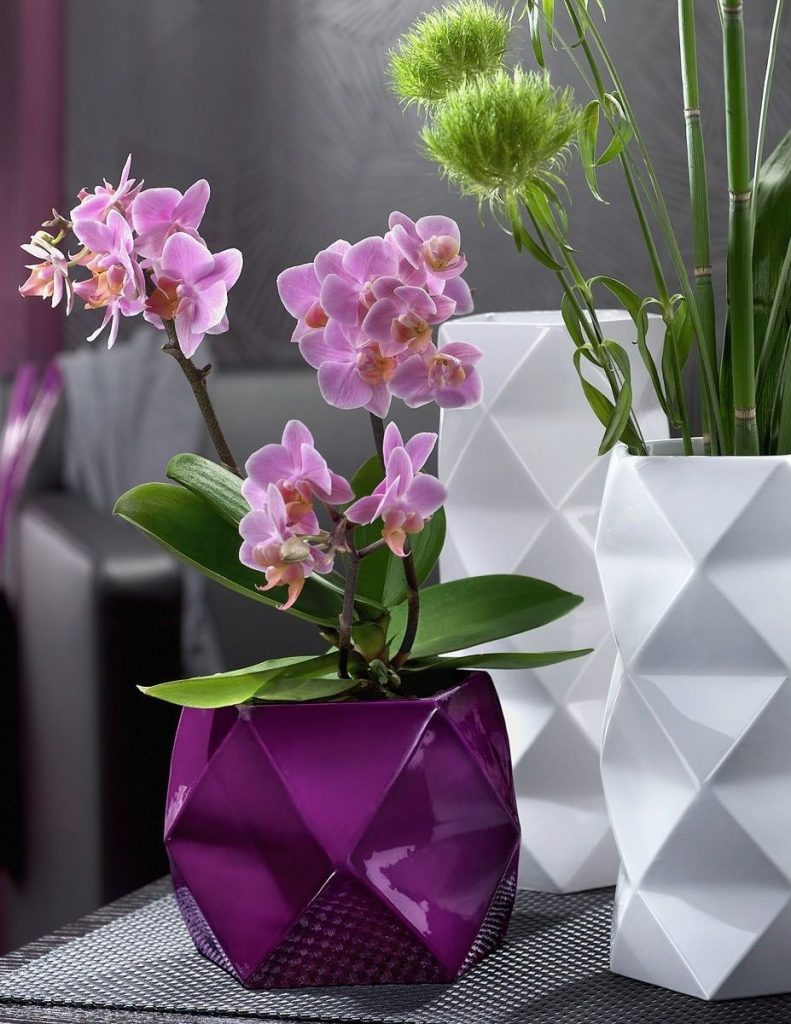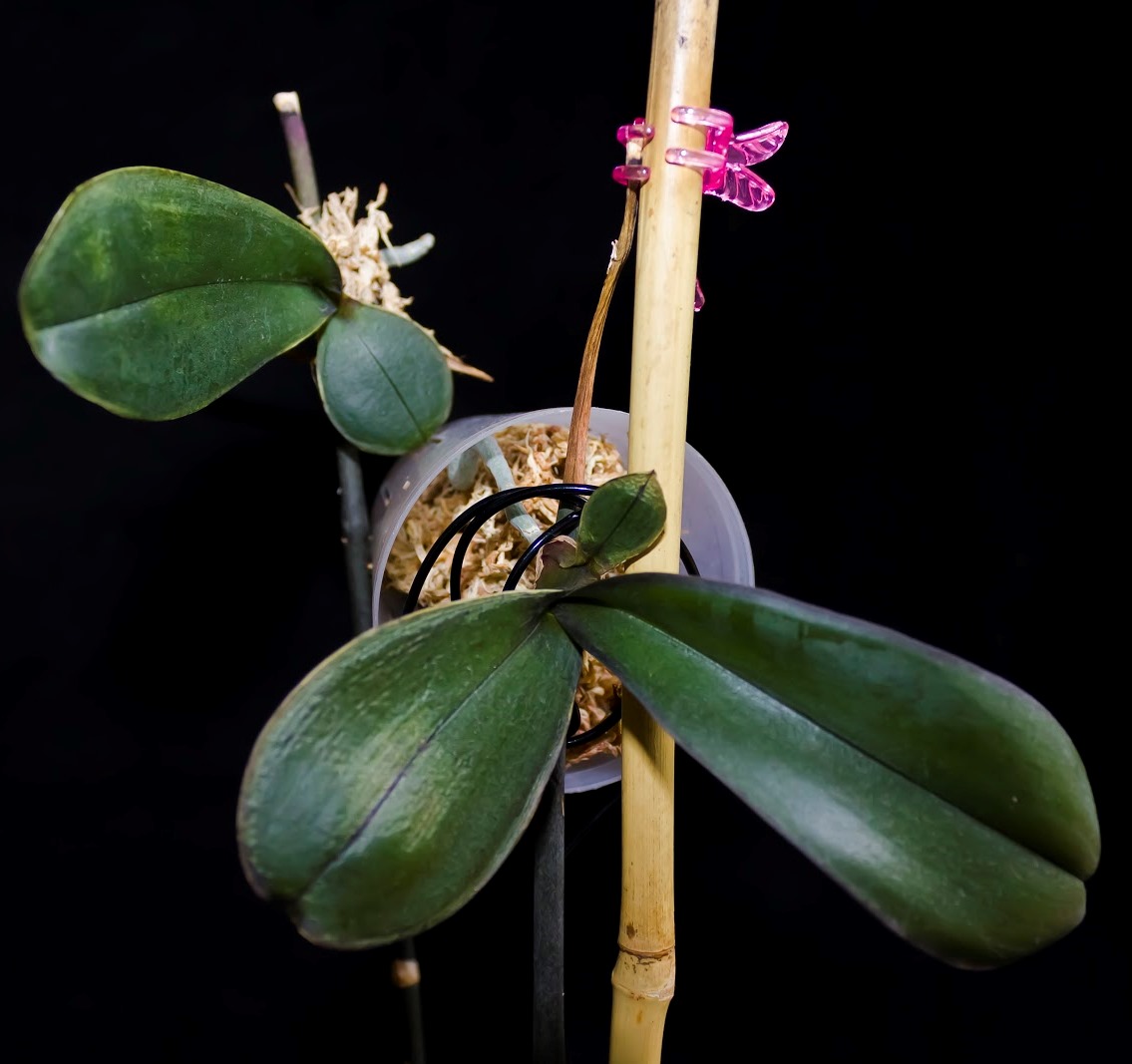The indoor orchid has long ceased to be a rarity. But many housewives never learned how to care for a capricious plant. Meanwhile, proper care is the key to a long and abundant flowering of an exotic beauty at home.
Wild orchids are significantly different from domesticated sisters. They do not need care, and the trunks and branches of trees or stones, in the cracks of which moist humus accumulates, can serve as a support.
Content
Myths, legends, history
There are a lot of orchid plants. So many that there is still no common opinion. Some sources indicate the figure of 25 thousand, in others - 35 thousand. It is believed that only several dozen types.
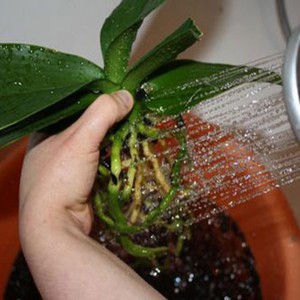 Beautiful plants - orchids, the care and reproduction of which worries many housewives, attracted human attention for a long time. The Maori tribes, for example, believed that only gods could create such beauty. And the Indians of South America believed that the place where the white orchid grew was under the direct protection of the gods.
Beautiful plants - orchids, the care and reproduction of which worries many housewives, attracted human attention for a long time. The Maori tribes, for example, believed that only gods could create such beauty. And the Indians of South America believed that the place where the white orchid grew was under the direct protection of the gods.
These plants were even credited with predation and bloodthirstiness... The travelers tried to prove that they had met a wild orchid in the jungle, which is capable of "swallowing" a person. Of course, this is a myth. The maximum that some species of these flowers are capable of is to attract and process small flies and spiders.
A very beautiful legend tells that a rainbow appeared over the world after a heavy rain. The little bird wanted to get a closer look and accidentally broke a rainbow. Colored fragments fell to the ground, and beautiful orchid flowers bloomed in these places.
The first orchids came to Europe only 200 years ago. New flowers were affordable only for wealthy people who could provide care and create any microclimate at home, regardless of costs. Previously, special greenhouses were equipped for exotic flowers, in which a whole staff of gardeners worked. However, they had to gain experience in keeping orchids through trial and error, and at that time there was no talk about reproduction at all.
Today, very few can afford such an approach. But it turned out that at home the orchid feels great on ordinary windowsills... The main thing is to find positions in which direct sunlight will not fall on the flowerpot. The best care is achieved on windows on the west or east side.
Conditions of detention
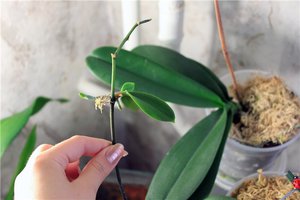 What is the care of a beautiful capricious woman and is it possible to independently reproduce orchids at home? Everything is not as difficult as it seems. Despite the existing stereotypes, plants perfectly adapt to various conditions. Basic care is as follows:
What is the care of a beautiful capricious woman and is it possible to independently reproduce orchids at home? Everything is not as difficult as it seems. Despite the existing stereotypes, plants perfectly adapt to various conditions. Basic care is as follows:
- increase in air humidity;
- creating diffused lighting;
- choosing a moderately warm place;
- selection of the correct substrate for flower pots.
We will try to consider the reproduction of plants below. For now, let's figure out the lighting.
Creating the right lighting
Nursing, development, and reproduction all assume that the flower is properly lit.How to achieve soft diffused light at home? It's very easy! For these purposes, you can use blinds or roller shutters made of transparent matte film or plastic. If the plant is exposed to direct sunlight, the leaves can get burned. But you should not darken the window too much, if the plant does not have enough light, then the leaves turn light green, as if faded, and gradually turn yellow and sag.
For a normal existence, a flower needs a long day of light. Its duration must be at least twelve hours. If natural light in your area lasts less than 10 hours, then you will have to create additional lighting for the orchid. Artificial lighting is performed with fluorescent lamps. At home, one lamp directed towards the plant is enough for this.
Temperature regime
All cultivated orchids are conditionally are divided into 3 temperature groups:
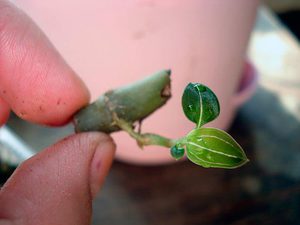 Heat-loving species. This includes plants native to tropical forests and plains. The creation of the temperature regime and the care of these beauties are as simple as possible, since there is no need to make artificial drops and cool the premises. In summer, the temperature can be from 17 to 32 ° C, and in winter about 18 ° C. It is quite simple to adhere to this regime at home. This species includes the most common phalaenopsis orchid, as well as dendrobium and some cattleyas.
Heat-loving species. This includes plants native to tropical forests and plains. The creation of the temperature regime and the care of these beauties are as simple as possible, since there is no need to make artificial drops and cool the premises. In summer, the temperature can be from 17 to 32 ° C, and in winter about 18 ° C. It is quite simple to adhere to this regime at home. This species includes the most common phalaenopsis orchid, as well as dendrobium and some cattleyas.- Medium temperature types. This includes, for example, odontoglossums and miltonia. They require somewhat cooler conditions. In summer, the temperature is maintained no higher than 22 ° C, in winter - about 15 ° C.
- Cold-loving species. These are orchids grown in the highlands and in subtropical regions. This group includes the Australian dendrobium, cymbidium, most of the papiopedylums and laelias. Proper care is to keep the temperature below 20 ° C in summer and 10-12 ° C in winter. This is the hardest thing to achieve in a normal room.
Not only banal survival depends on the correctly chosen temperature regime, but also the flowering and reproduction of your pet.
Watering rules
It is simply impossible to provide good care for the plant at home without timely and proper watering. In natural conditions, the roots of orchids are not in water for a long time... Therefore, moisture stagnation in flowerpots should not be allowed. And you also need to know which species your favorite belongs to. If it is phalaenopsis, papiopedilum, odontoglossum or cymbidium, then the substrate should always be slightly moist. If you have oncidium, dendrobium or cattleya, then between waterings the substrate should dry completely.
Water these plants with soft water. At home, this can be achieved by ordinary boiling. You can run water from the watering can in a thin stream over the surface of the substrate. Be sure to drain the water from the pan so that the roots do not rot.
Watering can be submerged. This means that the flowerpot is lowered into a container filled with water and left, until the whole substrate is wet.
Any type of watering is performed as it dries, usually 2 times a week. In winter, less often - once a week. Flowering and reproduction of the plant depends on compliance with the rules of watering.
The orchid can be bathed several times a month; it loves water procedures very much. If you carried out watering the day before, and the substrate is wet, then the pot is tied with a plastic bag, sprinkling only greens with warm water. If the substrate is dry, then bathing can be combined with watering.
Orchid propagation
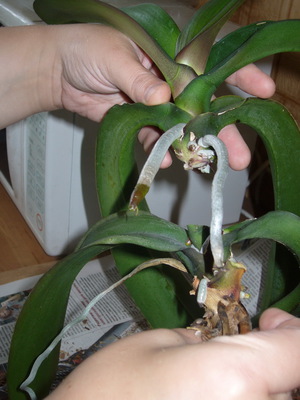 Reproduction of this plant requires some experience. It can be propagated at home by dividing large specimens, side shoots, cuttings, children or seeds.
Reproduction of this plant requires some experience. It can be propagated at home by dividing large specimens, side shoots, cuttings, children or seeds.
Reproduction by air children occurs during or after flowering. The baby sometimes appears on the peduncle in rooms with high humidity and high temperatures.The plant can be propagated only after the baby has acquired its own roots. The young plant is planted in an independent flowerpot with a substrate. This method is suitable for dendrobium and phalaenopsis.
Reproduction by cuttings can be carried out after flowering. The peduncle is divided into several segments with nodes and axillary buds, each about 15 cm long. The cuttings are placed on wet sand or moss and covered with foil. So you can propagate, for example, Phalaenopsis, Vanda, Ascocentrum.
Other ways are more complicated, are suitable for more rare orchid species, and require deeper knowledge.
How to achieve re-flowering
The main advantage of orchids is a long flowering period, and beautiful flowers of an unusual shape and bright colors. But after flowering is complete, the plant looks inconspicuous. How do you achieve a second color?
Most often for these purposes the orchid is stressed... If the temperature in the room is drastically reduced, and then the plant is returned to heat, a new peduncle may develop. If watering is reduced significantly, re-flowering may begin. And even blooming can be stimulated by special feeding "Blossom", "Ovary" and others.
